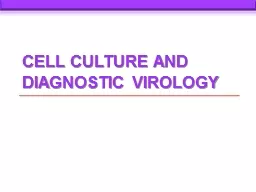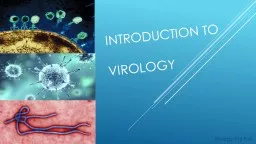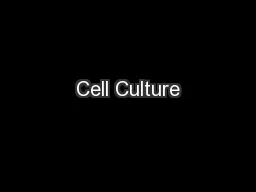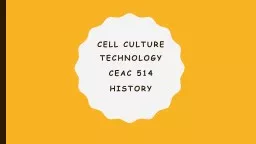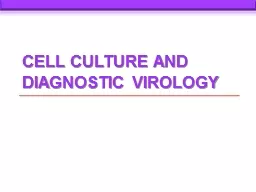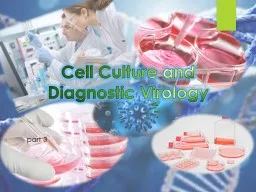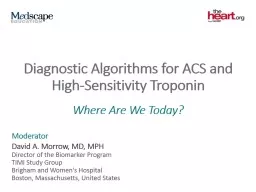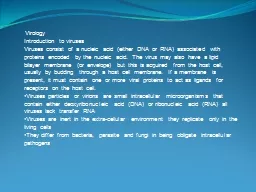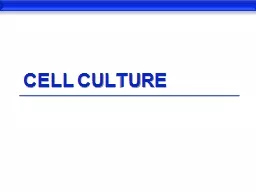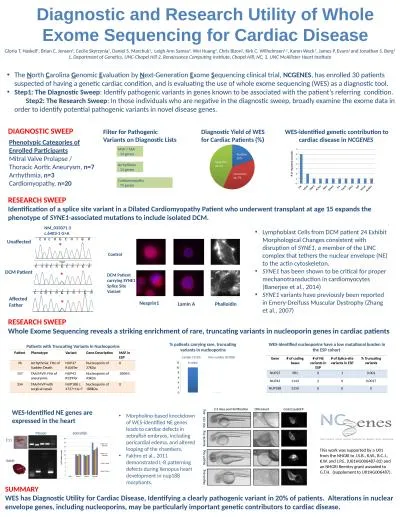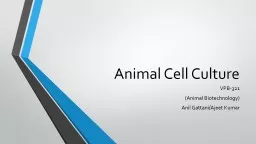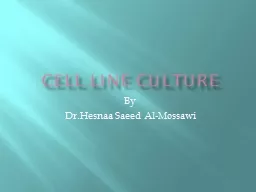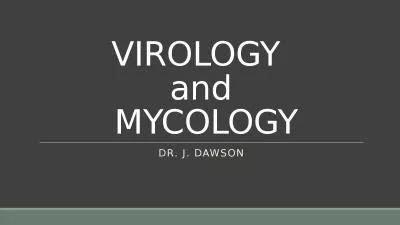PPT-Cell Culture and Diagnostic Virology
Author : tatiana-dople | Published Date : 2016-11-21
Since the discovery by Enders 1949 that polioviruses could be cultured in tissue cell culture has become a very useful and convenient method for isolating viruses
Presentation Embed Code
Download Presentation
Download Presentation The PPT/PDF document "Cell Culture and Diagnostic Virology" is the property of its rightful owner. Permission is granted to download and print the materials on this website for personal, non-commercial use only, and to display it on your personal computer provided you do not modify the materials and that you retain all copyright notices contained in the materials. By downloading content from our website, you accept the terms of this agreement.
Cell Culture and Diagnostic Virology: Transcript
Download Rules Of Document
"Cell Culture and Diagnostic Virology"The content belongs to its owner. You may download and print it for personal use, without modification, and keep all copyright notices. By downloading, you agree to these terms.
Related Documents

